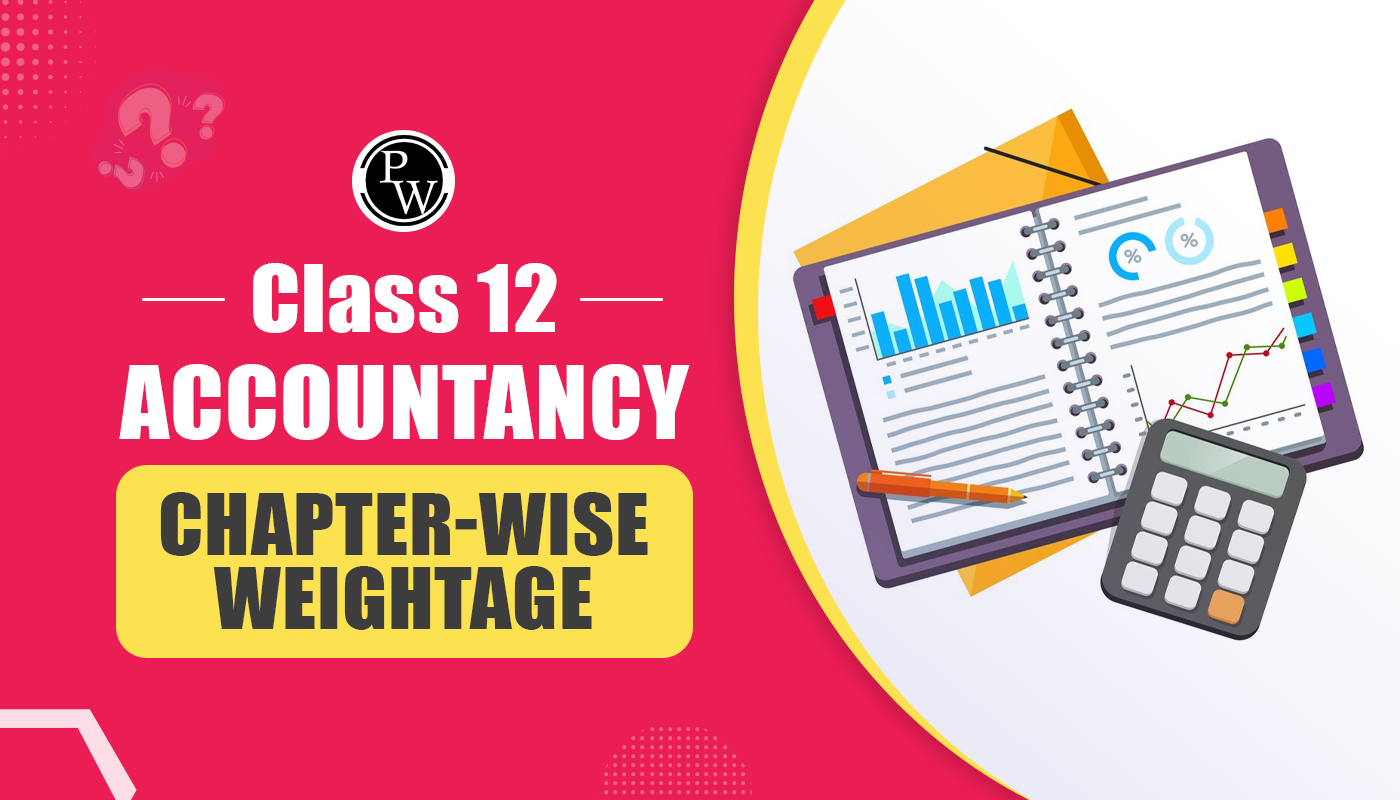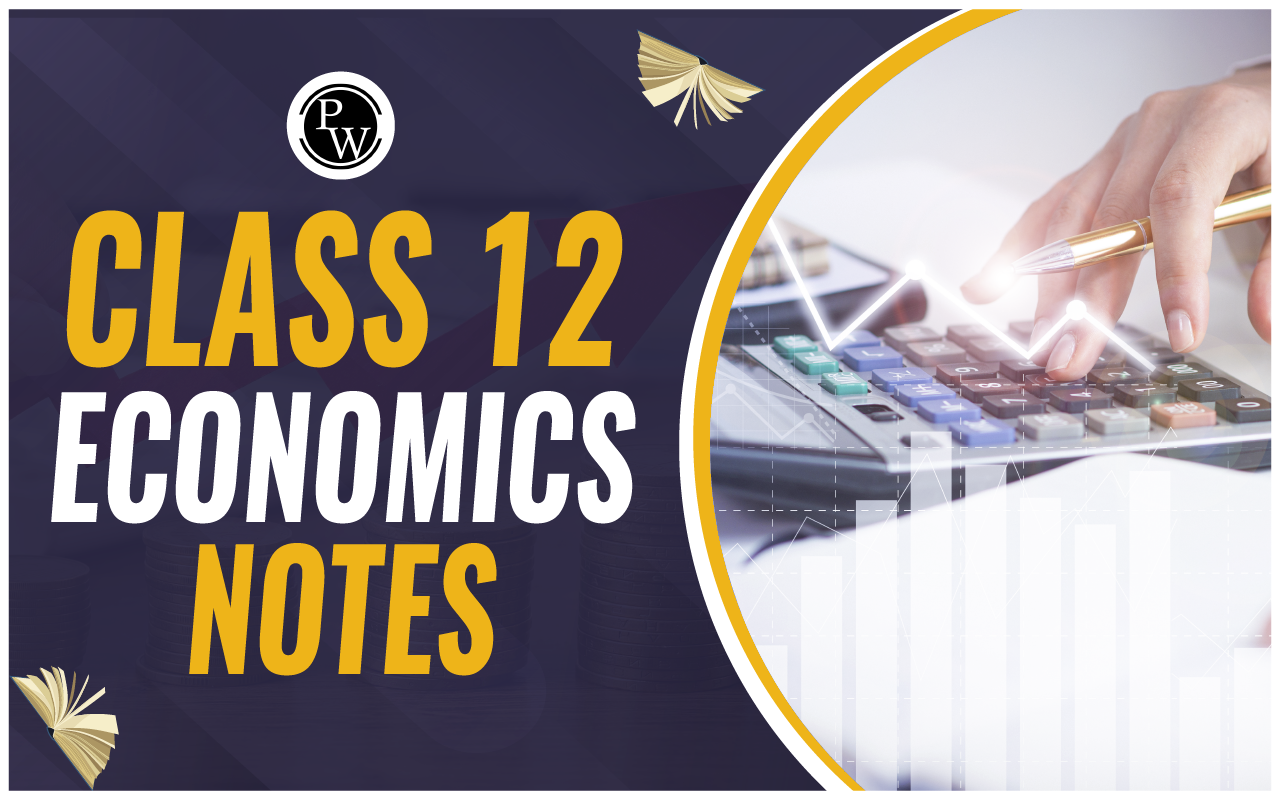
Check the NCERT Solutions for Class 11 Accountancy to understand the age-old tradition of accounting dating back to 1494. Many businesses and organizations continue to uphold these principles, finding value in the transparent and accurate financial insights they provide.
By maintaining a true and fair view of their finances, companies can effectively oversee their funds, monitor expenses, track income, and safeguard against resource misuse. This proactive approach helps prevent potential losses and ensures better financial management.NCERT Solutions for Class 11 Accountancy
The NCERT Class 11 Accountancy Solutions textbook comprises 15 chapters. Here's an overview of each chapter:-
Chapter 1: Introduction to Accountancy This Class 11 Accountancy guide kicks off with the basics, covering the identification and measurement of information, organization, relevance, understandability, and calculations of profit and loss.
-
Chapter 2: Theory Base of Accounting Delving into critical topics like money measurement, accounting, cost, dual aspect, recognition of revenue, matching, and the full disclosure concept, this chapter explores the foundations of accounting theory.
-
Chapter 3: Recording of Transactions -1 In this segment, the 11th Accountancy guide navigates through debits and credits, journals, ledgers, and their classifications.
-
Chapter 4: Recording of Transactions -2 Focused on cash books and their different types, this chapter provides a comprehensive understanding of transaction recording.
-
Chapter 5: Bank Reconciliation Statement Addressing the need for reconciliation and various possible situations, this chapter sheds light on reconciling bank statements.
-
Chapter 6: Trial Balance and Rectification of Errors Covering the meaning of trial balance, its objectives, error identification, trial balances, totals method, balances method, and error classification, this chapter offers insights into rectifying accounting mistakes.
-
Chapter 7: Depreciation, provisions and reserves This chapter explores the concepts of depreciation, provisions, and reserves in accounting.
-
Chapter 8: Bills of Exchange The Class 11 Accountancy guide explains the meaning of bills of exchange, parties involved, maturity, discounting, endorsement, and accounting treatment.
-
Chapter 9: Financial Statements -1 Discussing stakeholders, capital and revenue, expenditure, trading, profit-loss accounts, and closing entries, this chapter provides a comprehensive understanding of financial statements.
-
Chapter 10: Financial Statements – 2 In this Chapter, students learn about closing stocks, prepaid expenses, accrued income, depreciation, bad debts, discount for debtors, and interest on capital.
-
Chapter 11: Accounts of Incomplete Records Covering the meaning and features of incomplete records, preparation of a statement of affairs, credit purchases, and credit sales, this chapter provides insights into accounting when complete records are unavailable.
-
Chapter 12: Applications of Computers in Accounting A crucial chapter, it delves into the understanding of software, hardware, connectivity, speed, accuracy, reliability, and limitations of computer systems in accounting.
-
Chapter 13: Computerised Accounting System This chapter explores the concept of computerization, discussing advantages, limitations, custom and tailored packages, flexibility, costs, and utilities in the accounting system.
-
Chapter 14: Structuring Database for Accounting Students can learn about the data processing cycle, designing, weak entity types, and illustrations on accounting databases in this chapter.
-
Chapter 15: Accounting System Using Database Management System The final chapter covers creating tables, basics of access, modification of designs, vouchers, toolbox, properties of controls, and common controls available in MS Access for an accounting system.
NCERT Solutions for Class 11 Accountancy PDFs
Download PDFs of NCERT Solutions for Class 11 Accountancy Syllabus from the table below:| NCERT Solutions for Class 11 Accountancy PDFs | |
| Chapters | PDFs |
| Chapter 1 - Introduction to Accounting | Download Link |
| Chapter 2 - Theory Base of Accounting | Download Link |
| Chapter 3 - Recording of Transcations 1 | Download Link |
| Chapter 4 - Recording of Transcations 2 | Download Link |
| Chapter 5 - Bank Reconciliation Statement | Download Link |
| Chapter 6 - Trial Balance and Rectification of Errors | Download Link |
| Chapter 7 - Depreciation, Provisions & Reserves | Download Link |
| Chapter 8 - Bill of Exchange | Download Link |
| Chapter 9 - Financial Statements - 1 | Download Link |
| Chapter 10 - Financial Statements - 2 | Download Link |
| Chapter 11 - Accounts from Incomplete Records | Download Link |
| Chapter 12 - Applications of Computers in Accounting | Download Link |
| Chapter 13 - Computerised Accounting System | Download Link |
| Chapter 14 - Structuring Database for Accounting | Download Link |
| Chapter 15 - Accounting System Using Database Management System | Download Link |
NCERT Solutions for Class 11 Accountancy
Ensuring comprehensive study material is essential for effective preparation in any subject, and Class 11 Accountancy is no exception. To excel in this foundational subject, students require well-organized Class 11 Accountancy notes and solutions to practice exercises. The availability of NCERT Solutions for Class 11 Accountancy adds significant convenience to the learning process. Physics Wallah's expertly crafted NCERT Solutions for Class 11 Accountancy chapters serve as a valuable resource. Serving as an ideal guide, these solutions contribute to a deeper understanding of fundamental concepts in the subject. Covering all exercises in adherence to CBSE guidelines and syllabus, our experts guarantee accurate answers. This ensures students have reliable resources to prepare for exams and progress through their syllabus confidently. Moreover, these solutions assist students in approaching fundamental questions strategically, leading to better performance in exams. For optimal preparation, students should familiarize themselves with the number of chapters in the Accountancy Class 11 syllabus and tailor their study material accordingly. Trust Physics Wallah for a comprehensive and effective learning experience.Benefits NCERT Solutions for Class 11 Accountancy
Enhance your study experience with these comprehensive solutions, perfect for mastering exercise questions. They serve as valuable reference material, guiding you through the most effective learning approaches and providing accurate responses to exam queries. Quickly clarify any uncertainties and efficiently cover each chapter, ensuring timely completion of the Class 11 Accountancy syllabus. These solutions offer unparalleled assistance by presenting straightforward answers, facilitating a deeper understanding of the chapter's concepts, principles, and formulas. Practice with these user-friendly solutions to improve your application of formulas and concepts, ultimately refining your overall comprehension.NCERT Solutions for Class 11 Accountancy FAQs
What is the significance of studying NCERT Solutions for Class 11 Accountancy?
How many chapters does the Class 11 Accountancy syllabus include?
Are the PDFs of NCERT Solutions available for download?
How do NCERT Solutions benefit students in exam preparation?
Why trust Physics Wallah's NCERT Solutions for Class 11 Accountancy?










